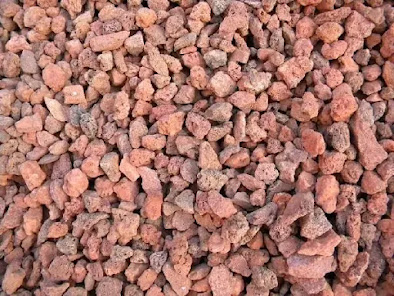Designing a front yard without grass, or less amount of grass, can create a low-maintenance, water-efficient landscape, that still looks beautiful and welcoming. It requires planning, while choosing the style and materials for front yard, to reduce the amount of grass, while still maintaining a beautiful, and functional landscape. There are couple of options, you can implement several strategies, that incorporate low-maintenance, eco-friendly alternatives.
Tuesday, July 1, 2025
Saturday, June 28, 2025
Decorative Rock : 3/4" Red Lava Rock
Due to variations in color and texture in natural products, we recommend that you see the material at our location prior to ordering.
707-678-8200
Dixon Landscape Materials
150 East H Street
Dixon CA 95620
Sunday, June 22, 2025
12 Types Of Landscaping Rocks To Use In Your Next Landscape Design Project
When it comes to landscaping with rocks, the biggest obstacle isn’t knowing where to add them.
It’s what types of rocks to use. There are so many different landscaping rocks, it can be overwhelming.
707-678-8200
Decorative Rock : 3/4" Brown Mix Lava Rock
3/4" Brown Mix Lava Rock
Due to variations in color and texture in natural products, we recommend that you see the material at our location prior to ordering.
707-678-8200
Dixon Landscape Materials
150 East H Street
Dixon CA 95620
Thursday, June 19, 2025
Decorative Rock : 3/4" Black Lava Rock
3/4" Black Lava Rock
707-678-8200
Dixon Landscape Materials
150 East H Street
Dixon CA 95620
Sunday, June 15, 2025
Friday, June 13, 2025
Large Family Garden with Stunning Pergola and Garden Room Office
A contemporary garden room is secluded within this large family garden, featuring a bespoke pergola, seating terraces and recreational lawn.
707-678-8200
Subscribe to:
Posts (Atom)




